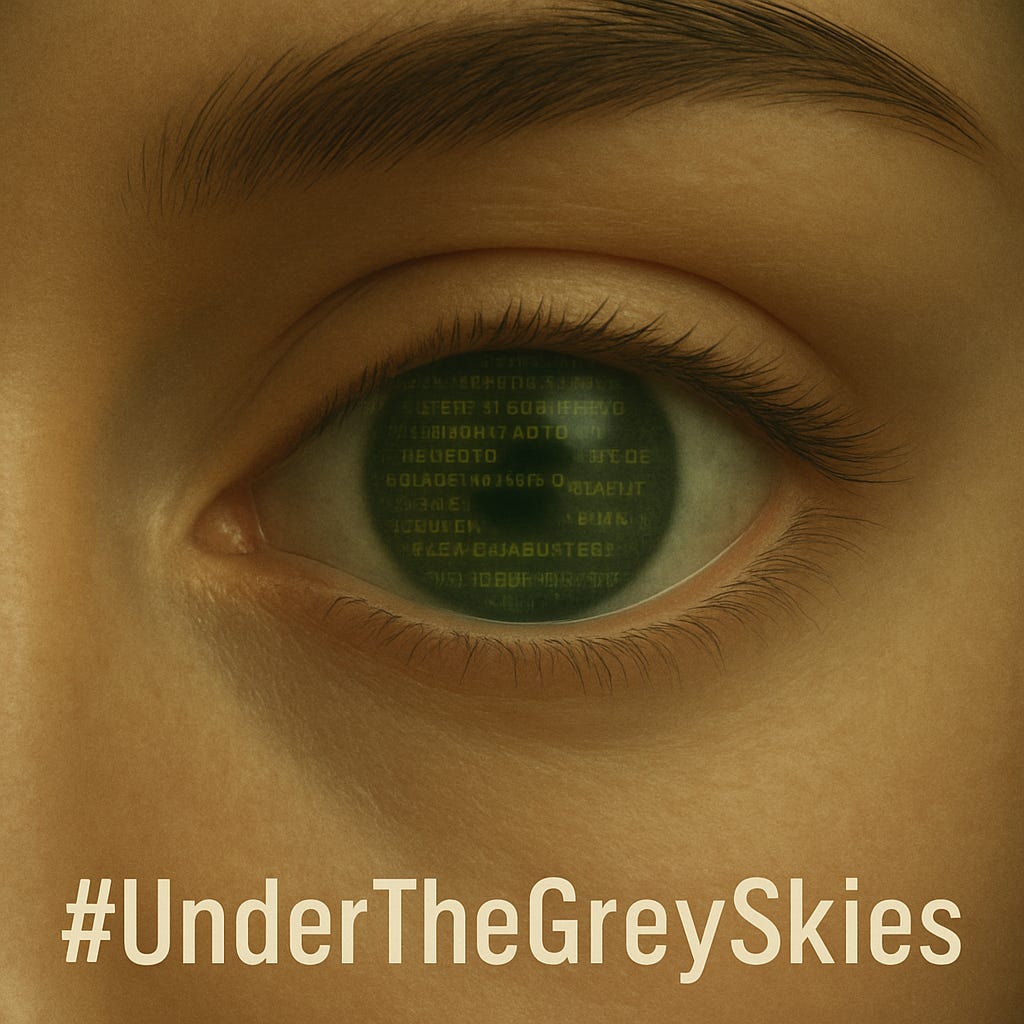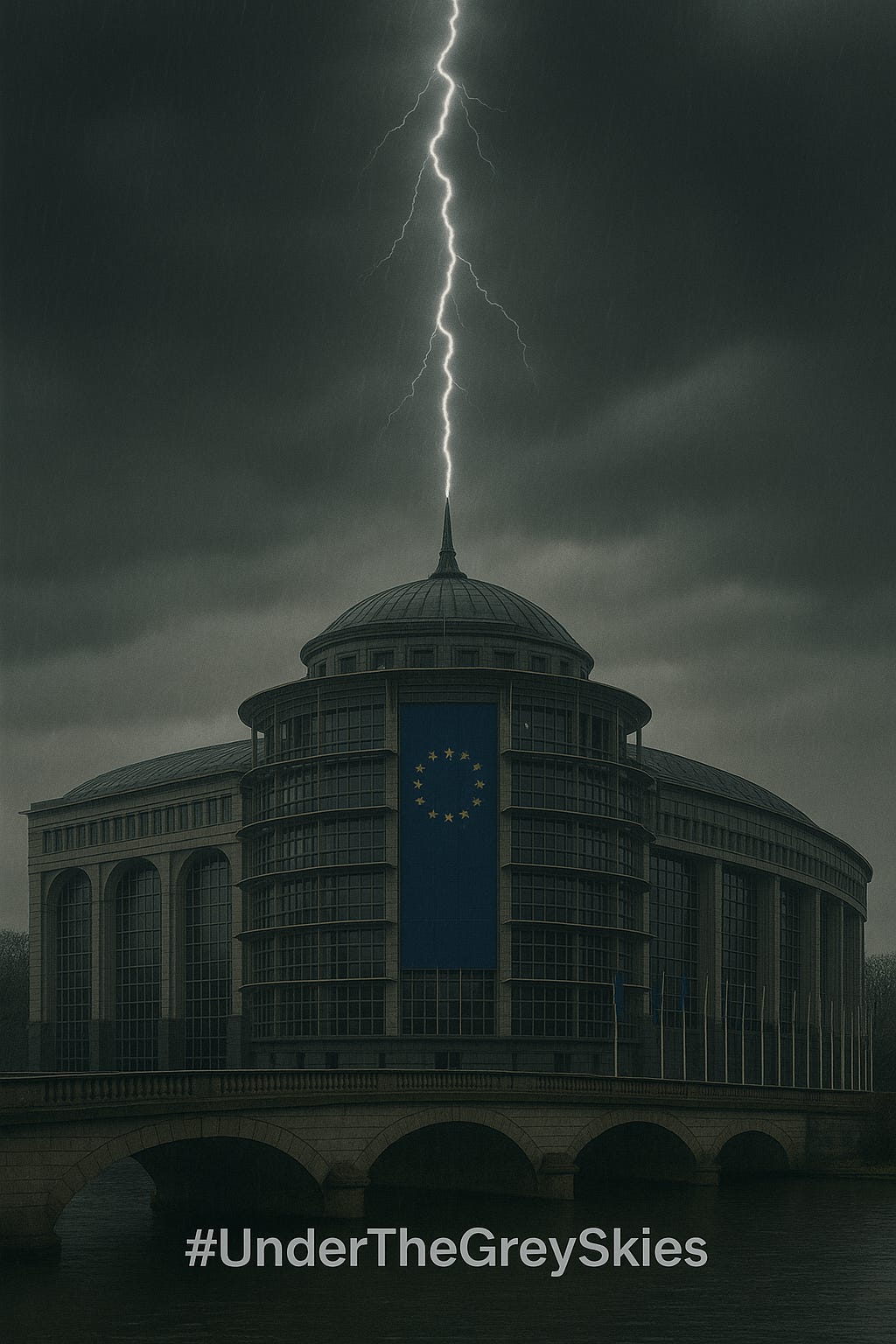In the mythology of secular modernity, science is treated as our most resilient institution. Its capacity for self-correction—through peer review, replication, and open debate—is supposed to guarantee indefinite progress. But what if that assumption no longer holds? What if the system of science itself, like civilizations before it, can reach a terminal state?
This is the question posed in the fictional framework of Nadhem’s Terminal Horizon Model. It argues that late pre-Concordian science (our near future) entered a phase of systemic exhaustion—not from one cause, but from the convergence of several fractures:
Replication collapse. Entire fields (psychology, biomedicine) discovered that most published findings could not be reproduced. Statistical tricks and “p-hacking” created the illusion of knowledge, but the foundation was brittle.
Model brittleness. From climate forecasts to economic policy, sophisticated models proved hypersensitive to assumptions. They offered elegant predictions, but small errors cascaded into large failures.
Institutional entropy. The publish-or-perish economy rewarded speed over robustness. “Big Science” consortia monopolized funding while suppressing dissent. Incentives drifted away from truth and toward survival.
Demographic decline. With fertility collapse in Europe and East Asia, fewer young researchers entered the system. Aging institutions lost their adaptive edge, and tacit knowledge transfer broke down.
Ideological narrowing. Academic monoculture reduced the space of permissible hypotheses. Without heterodoxy, science lost resilience: errors that challenged prevailing narratives could not be pursued.
Individually, these problems might have been survivable. Together, they reinforced one another—replication failures were hidden by political consensus, brittle models were propped up as policy tools, and demographic weakness left no one to restore balance.
The final accelerant was the intersection between politics and the prevailing moral culture of late modernity. Under pressure, governments and global institutions demanded certainty. Propaganda disguised as “popular science” offered comforting narratives of consensus, but at the cost of honesty. Instead of informing the public, it laundered fragile claims into unquestioned truths.
Ironically, many of those who claimed to be rationalists—the self-appointed defenders and gatekeepers of “Enlightenment values” and “progress”—contributed to this collapse. By adopting a moralizing framework, they transformed uncertainty into sin and dissent into heresy. In doing so, they drained science of its pluralism and accelerated the very cultural drift they believed themselves to resist.
Here Robin Hanson’s notion of cultural drift offers a sobering perspective. Drift describes the gradual decoupling of cultural practices from the functions that once made them adaptive. As Hanson puts it:
A predictable direction of cultural drift is toward laziness, myopia, selfishness … When cultures stop doing that work, decadence grows.
The science of the late pre-Concordian world was not destroyed by a single catastrophic event. It drifted. Replication rituals became publication theatre. Models became prestige symbols. Institutions became bureaucracies for survival. Ideological diversity shrank to consensus performances. The outward forms remained, but the adaptive function drained away—just as Hanson’s drift predicts.
The provocative thesis of this fictional paper is not that science will disappear, but that it can hollow out. It can keep its rituals—journals, peer review, conferences—while losing its adaptive core. In that sense, science does not collapse like a building. It collapses like an ecosystem: slowly, unevenly, and then all at once, until its outputs serve politics more than truth.
The question remains: if science can collapse, what replaces it? Concordia’s answer was Serenity, a system that promised order without uncertainty. Ours may be different, but the warning is clear: self-correction is not automatic. Scientific progress is not guaranteed. It depends on fragile cultural conditions that can, under pressure, drift away.
The essay Horizon Science: Origins, Architecture, and Governance is not formally included in the second movement of the fictional Triptych -Under the Grey Skies-, but it provides much of the philosophical grounding for imagining the collapse of science within the pre-Concordian world—fictional, and yet disturbingly plausible.
Download: Horizon Science: Origins, Architecture, and Governance.



